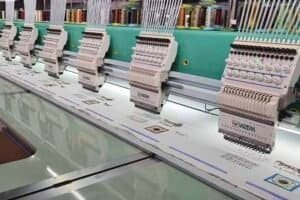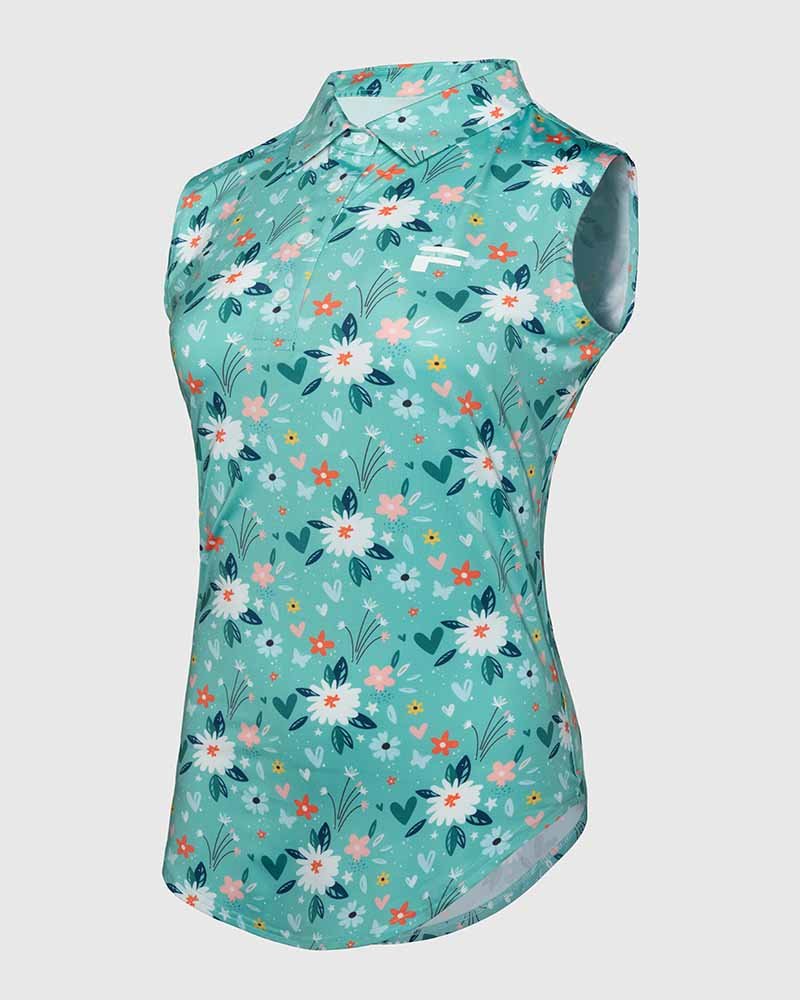
When you're designing custom golf apparel for your brand, one of the first decisions you'll face is how to add your logo. Should you go with embroidery or printing? Both options have their pros and cons, so let's break them down and see which one best suits your needs.
Choosing between embroidery and printing for your golf apparel logo boils down to your brand’s style, the logo’s complexity, and your budget. Embroidery gives a premium, textured look, while printing offers vibrant, intricate designs at a lower cost. Understanding the differences can help you make a smart decision.
Now, let's take a closer look at the key factors to consider when making this decision.
What are the key differences between embroidery and printing?
Embroidery and printing each bring a unique flair to your logo. Let’s explore how they differ and when one might be the better choice for your brand.
Embroidery uses thread to stitch your logo into the fabric, creating a classic, textured look, while printing involves applying ink to the fabric’s surface, allowing for more intricate designs. Both have their benefits depending on your design and desired look.

1.What’s the cost difference between embroidery and printing?
Cost is often one of the deciding factors in logo customization. Generally, printing is more affordable than embroidery, especially for larger designs. Printing works well for logos with lots of detail or color gradients. It’s a quicker process too, which means lower labor costs. However, embroidery provides a more premium, tactile finish, often preferred for high-end branding. The higher cost reflects the precision and craftsmanship involved in creating a stitched design.
2.Durability: Which method lasts longer?
When it comes to durability, embroidery tends to outlast printing. The threads used in embroidery are woven directly into the fabric, meaning they won’t fade over time. Printing, especially screen printing, can wear down with washing, particularly if the fabric is exposed to a lot of friction or harsh detergents. But newer printing technologies, like heat transfers and sublimation, offer better longevity than traditional methods.
3.Which method suits different types of fabrics?
The fabric you're working with can play a significant role in the choice between embroidery and printing. Embroidery works best on thicker fabrics like polo shirts or caps because the threads can create a neat, durable design. On lighter fabrics, printing might be a better option, as it’s more flexible and can handle more detailed designs without adding weight. For performance wear, like moisture-wicking shirts, printing often provides a smoother finish that won’t interfere with breathability.
4.How do embroidery and printing affect the design?
Embroidery is ideal for simple, bold logos or text. Its limited color palette (usually no more than 7-8 colors) can restrict highly detailed designs. On the other hand, printing opens up a world of possibilities. You can include gradients, intricate patterns, and vibrant hues without worrying about thread limitations. If your logo features fine lines or many colors, printing might be the way to go.
Conclusion
Choosing between embroidery and printing depends on your design, budget, and the look you're going for. Both methods have their strengths—embroidered logos exude a premium, classic feel, while printed logos offer versatility and vibrant detail. Make your choice based on what aligns best with your brand's identity and the image you want to project.



















